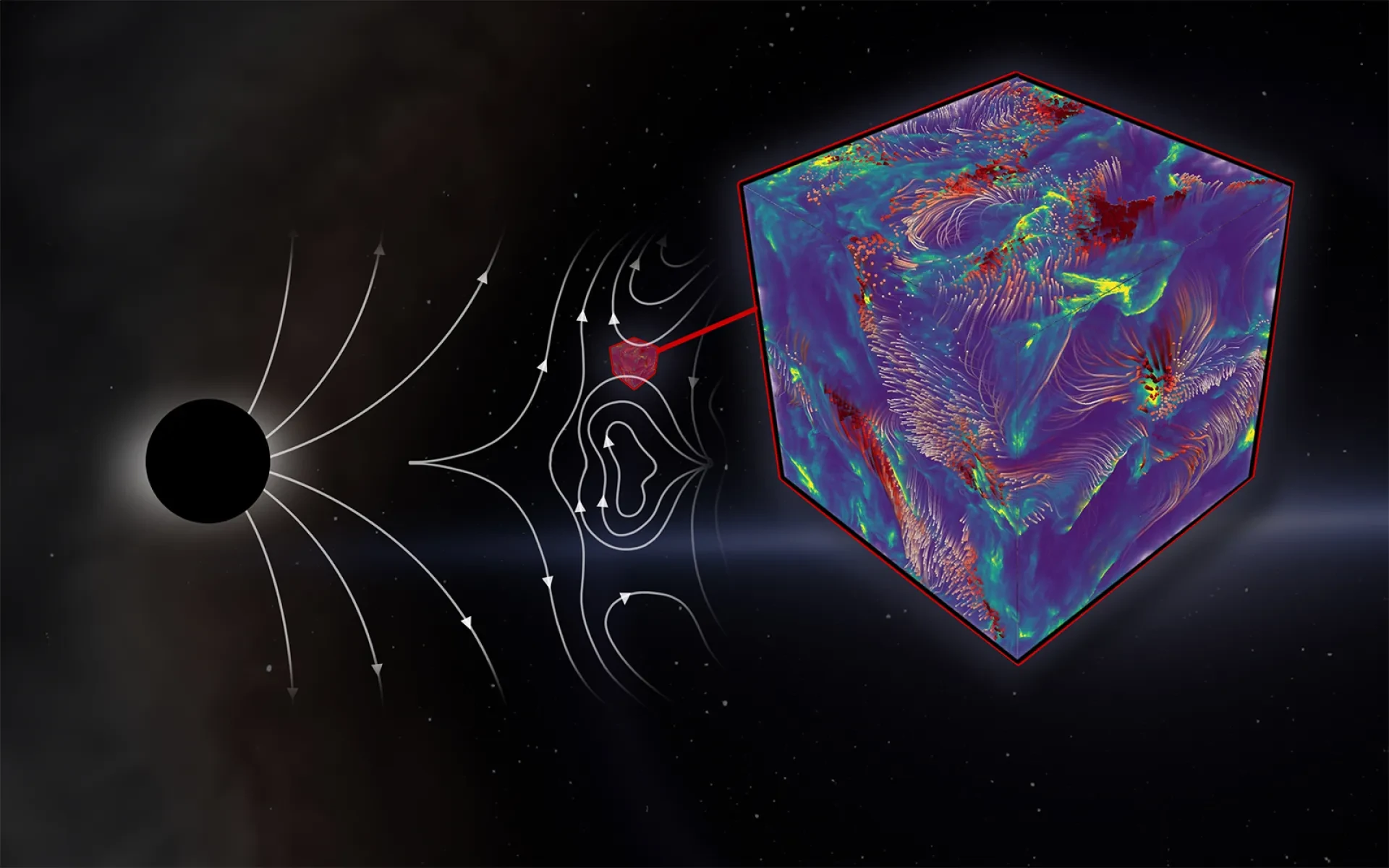Event JSON
{
"id": "d33873407cab37859a36bc2be9587f9e34bd3063cc1654195af4bc415395e5d8",
"pubkey": "f06c0d239b29f2884d1a345bd1e120125610976d968e6002bb324116b70fc39e",
"created_at": 1725302886,
"kind": 1,
"tags": [
[
"proxy",
"https://m.universetoday.com/@fraser/113069449988487750",
"web"
],
[
"imeta",
"url https://m.universetoday.com/system/media_attachments/files/113/069/449/979/040/772/original/ac4fe816f3efb27a.webp",
"m image/webp"
],
[
"proxy",
"https://m.universetoday.com/users/fraser/statuses/113069449988487750",
"activitypub"
],
[
"L",
"pink.momostr"
],
[
"l",
"pink.momostr.activitypub:https://m.universetoday.com/users/fraser/statuses/113069449988487750",
"pink.momostr"
],
[
"-"
]
],
"content": "Black holes absorb everything that falls into them, even radiation. And yet, astronomers have detected X-ray radiation coming from black holes, and this has been an unsolved mystery since the 1970s. Researchers have built a detailed simulation of the environment around a black hole, modeling the interactions between radiation, plasma, and magnetic fields. They found that the turbulence of the magnetic fields heats the local plasma and makes it radiate in X-rays.\n\nhttps://www.helsinki.fi/en/news/space/explanation-found-x-ray-radiation-black-holes\nhttps://m.universetoday.com/system/media_attachments/files/113/069/449/979/040/772/original/ac4fe816f3efb27a.webp\n",
"sig": "0e4155b77622fd5194646b1f01358f279534a19749aa287a387d7327ce467e31a17aa2513e107f12ce435f7cebe253ea0c5e4a9259314a487c7b2f595fed79d0"
}

